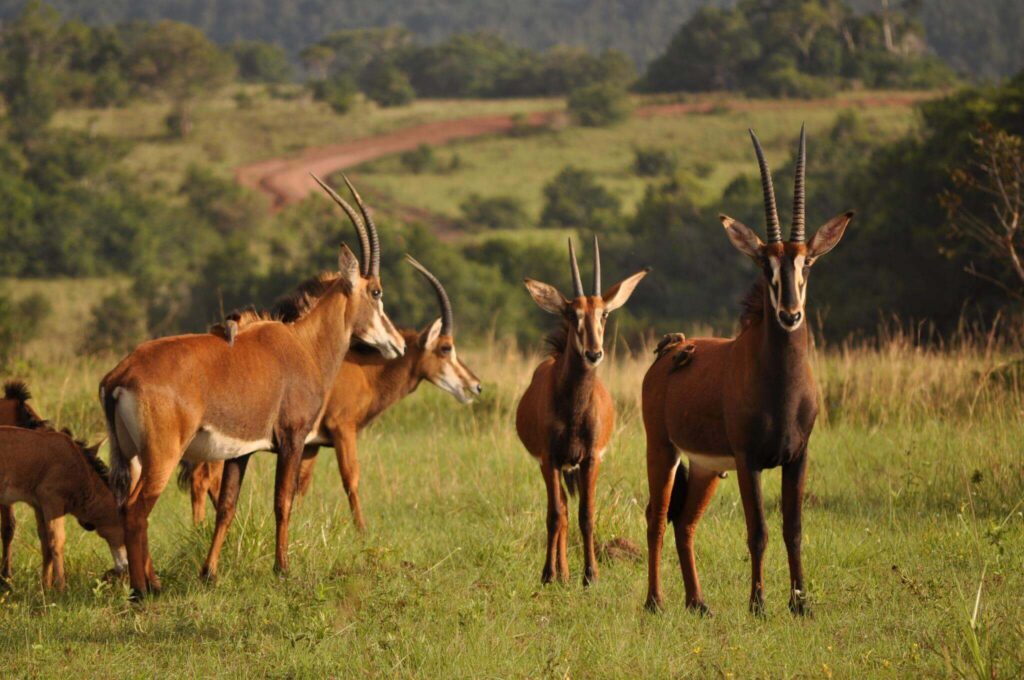
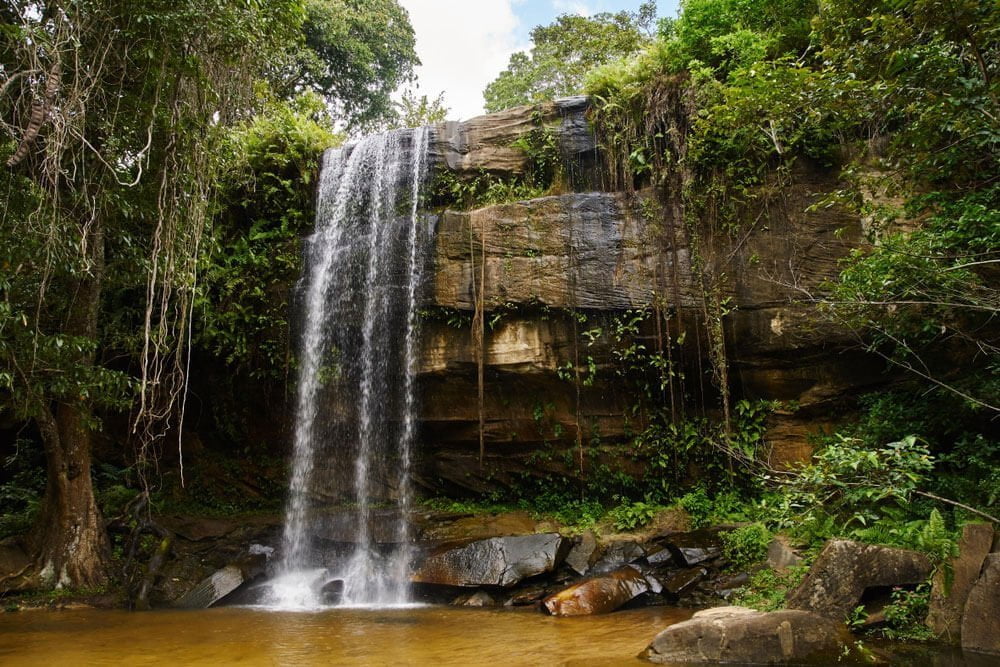
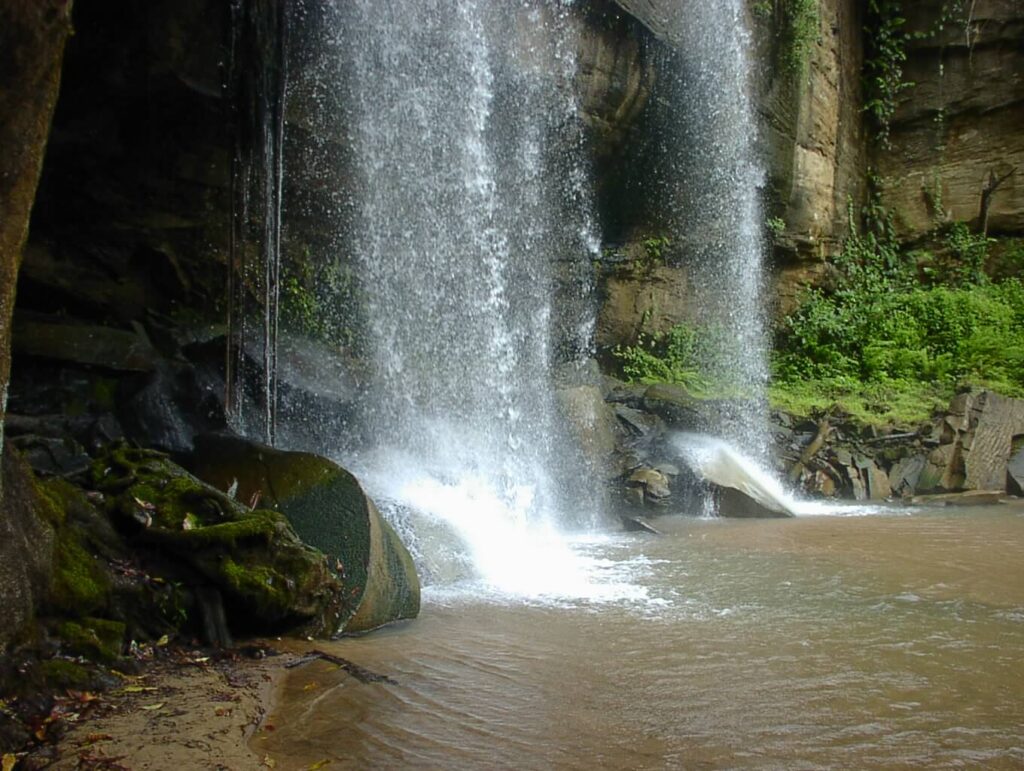
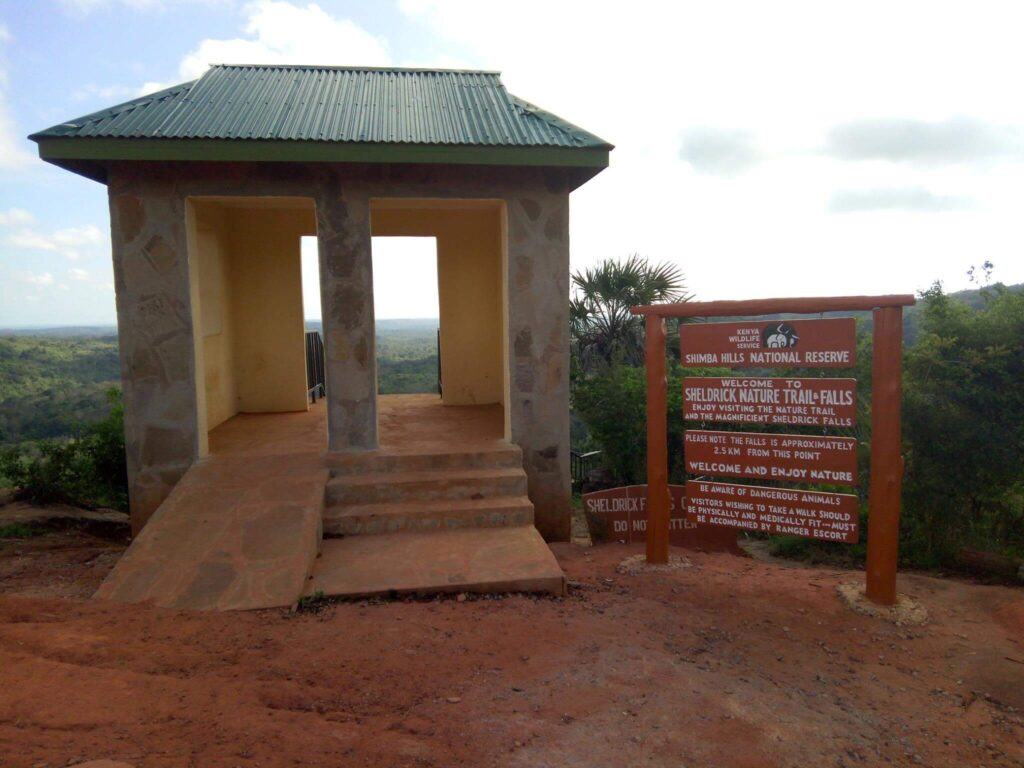
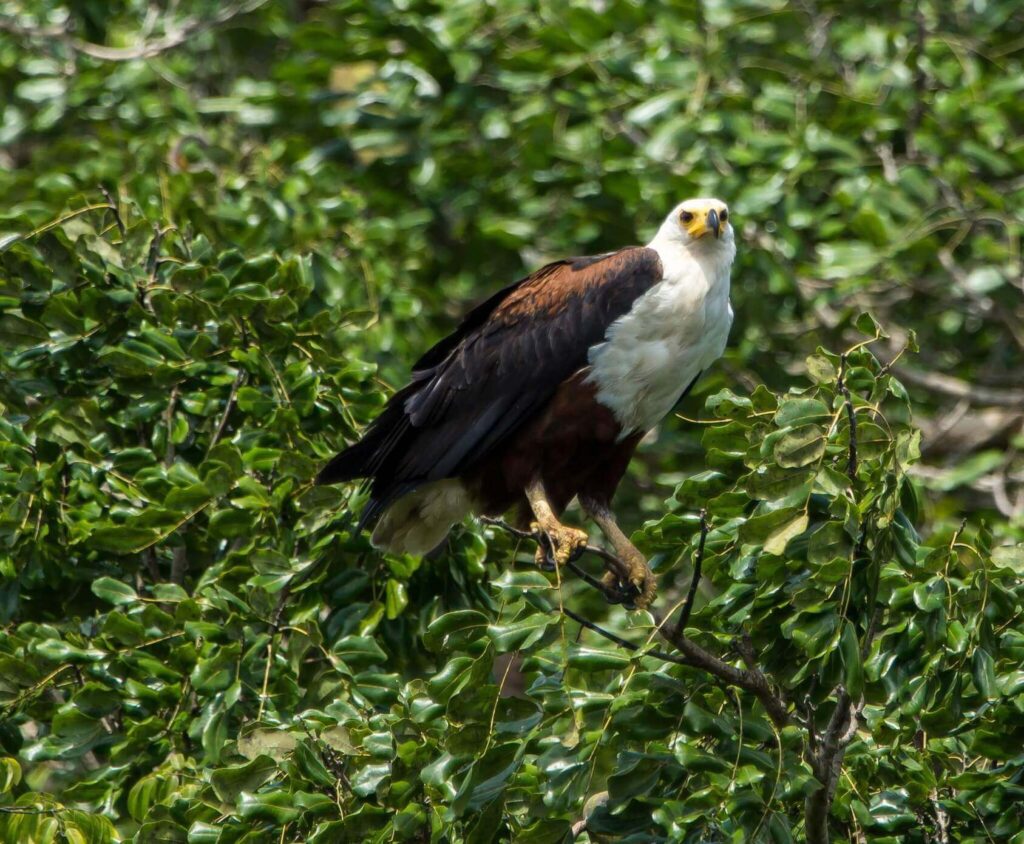

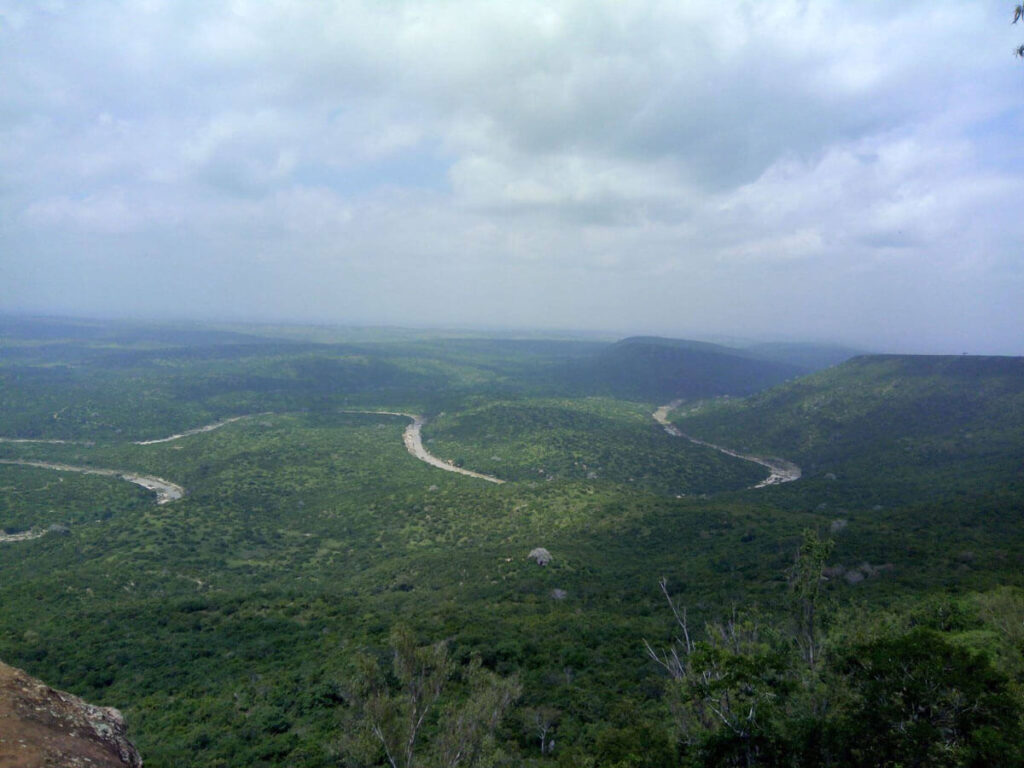
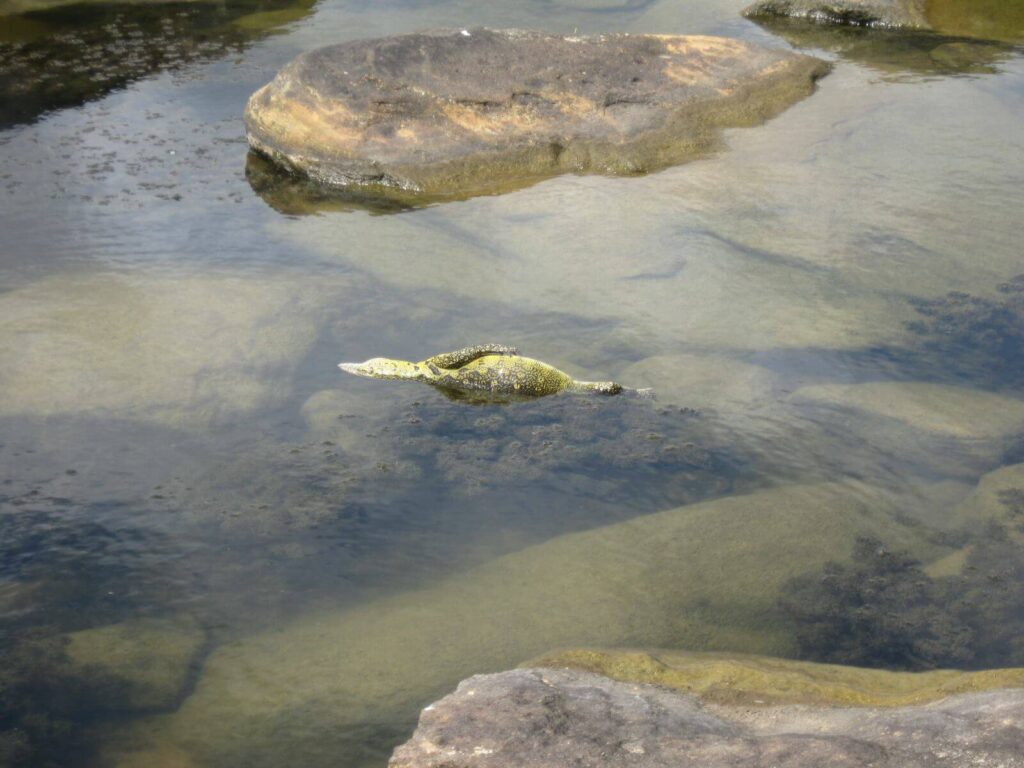
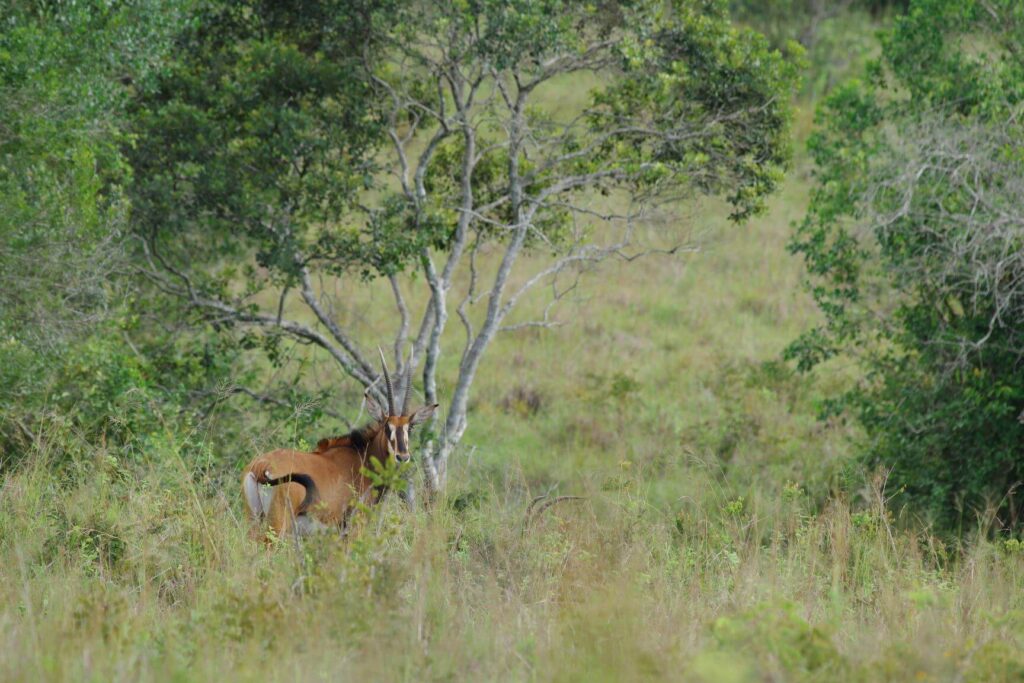
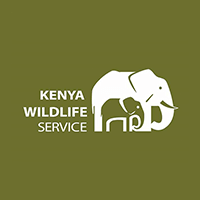
Paradise of the Sable Antelope!
Affiliate Disclosure: This listing may contain affiliate links. If you click through and book a tour, I may earn a small commission at no extra cost to you.
Shimba Hills National Reserve is located about 33 km south of Mombasa in Kwale County, just beyond Kwale town. This coastal ecosystem is one of the largest coastal forests in East Africa after the Arabuko-Sokoke Forest and is a unique blend of forestlands, grasslands, scrublands, and exotic plantations.
The reserve is famous as the only place in Kenya where you can see the rare sable antelope. It also holds the highest density of African elephants on the Kenyan coast. Rich in biodiversity, Shimba Hills was first gazetted as a National Forest in 1903, with subsequent expansions leading to its current size. In 1968, most of it was officially designated as the Shimba Hills National Reserve.
Two adjoining forested areas, Mkongani North and Mkongani West Forest Reserves, remain protected. A specially constructed elephant corridor links the reserve to the Mwaluganje Forest Reserve, helping elephants migrate safely.
Shimba Hills is home to an impressive range of species, including:
Shimba Hills is the only place in Kenya where you can spot the rare sable antelope. It also has one of the highest concentrations of African elephants on the coast.
The reserve is located about 33 km south of Mombasa, easily accessible via the Likoni Ferry and a short drive inland through Kwale town.
The best time to visit is during the dry months (December–March and June–September) when wildlife viewing is easier, and roads are more accessible.
Yes. The reserve offers in-reserve lodges, camping sites, and nearby accommodations in Diani Beach for those who prefer coastal stays.
Shimba Hills National Reserve has received 0 reviews with an average rating of 0 out of 5
Please log in or create an account to leave a review.
Update your info, boost visibility, and connect with more customers!
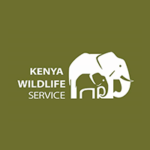


No results available